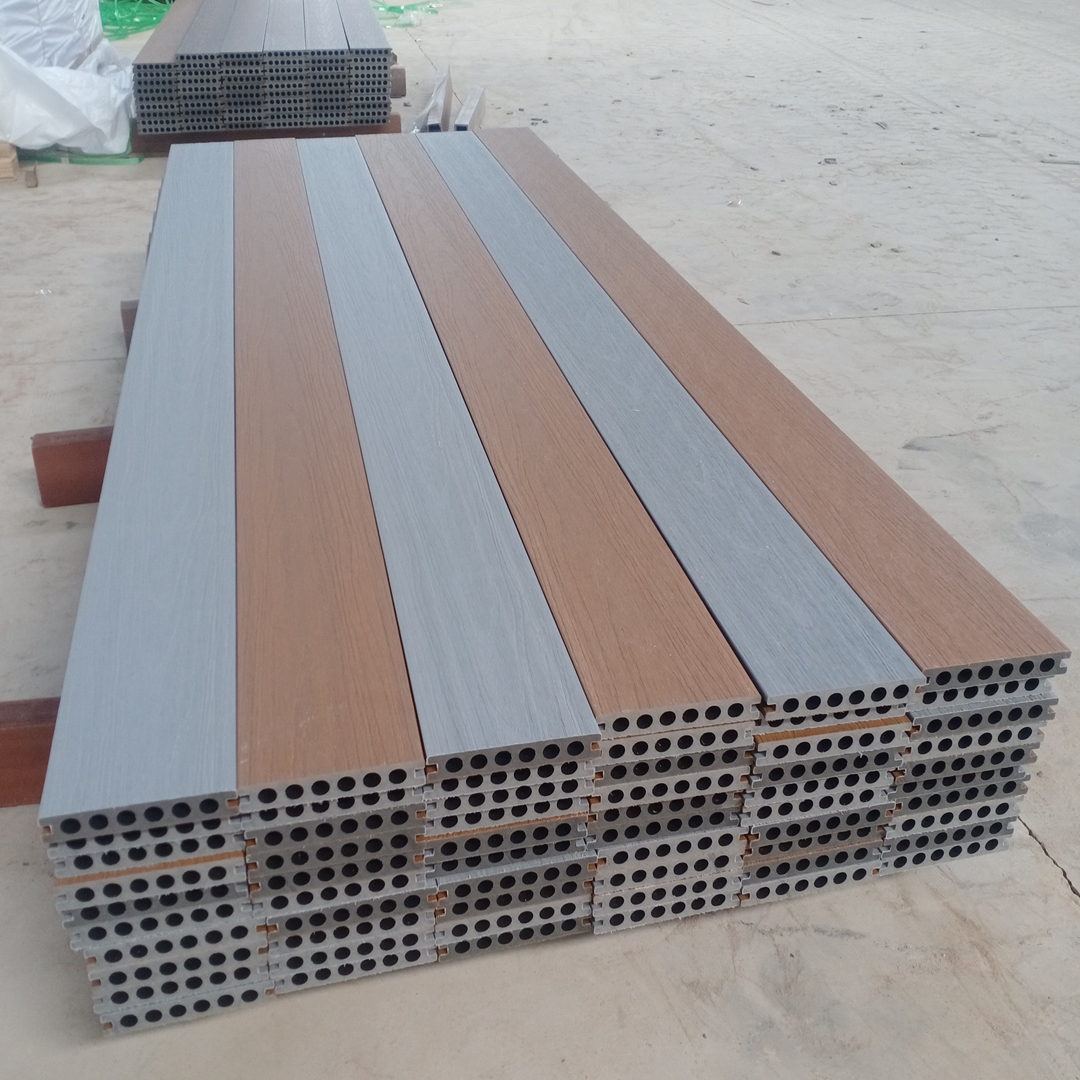From sustainable cities in Europe to scorching climates in the Middle East, WPC decking is rewriting the rules of outdoor flooring. But what’s driving this trend globally—and how does it vary by region? Let’s break it down.
Wood Plastic Composite (WPC) decking is no longer a niche product. As the world leans into sustainability, durability, and design freedom, WPC has emerged as a premium solution for outdoor flooring. Made from a mix of recycled wood fibers and plastics, WPC offers a greener alternative to traditional timber, without compromising on strength or aesthetics.
Across continents, homeowners, architects, and developers are drawn to its resistance to moisture, insects, and extreme weather—qualities that make it ideal for outdoor use. But while the global trend is clear, regional variations reveal unique market dynamics worth exploring.

North America: Durability and Design Take the Spotlight
In the U.S. and Canada, WPC decking is experiencing robust growth in both residential and commercial sectors. Here’s why:
Customization is king: Consumers demand personalized textures, natural wood-look finishes, and color variety to match architectural themes.
Low maintenance = high value: Traditional wood requires regular staining, sealing, and repairs. WPC, with its easy upkeep, is gaining favor in busy suburban households and high-traffic commercial spaces.
Climate adaptability: From freezing Canadian winters to hot Southern summers, WPC stands up to extreme conditions.
📈 Stat insight: The North American WPC market is expected to grow at a CAGR of 11.2% through 2027, driven by home renovation trends and eco-conscious preferences.
Europe: Green Regulations Fuel Sustainable Choices
In Western Europe, countries like Germany, France, and the UK are setting the pace with strict environmental regulations. These have boosted demand for low-impact, recyclable building materials.
Eco-friendly appeal: Consumers and builders prefer materials that align with sustainability goals and circular economy standards.
Urban landscaping: WPC is increasingly used in public parks, urban decks, and outdoor cafés due to its slip resistance and stylish finish.
Eastern Europe catching up: As awareness of WPC's benefits spreads, countries like Poland, Romania, and Hungary are becoming fertile markets—especially for public and municipal projects.
🌍 Local trend: In the EU, construction codes are progressively favoring materials like WPC that offer both performance and recyclability.
Asia-Pacific: Urbanization and Innovation Drive Demand
The Asia-Pacific region, particularly China, India, Japan, and South Korea, represents a powerful growth engine for the WPC industry.
China leads production and consumption: As the world’s largest WPC manufacturer, China’s domestic demand is fueled by massive urbanization and infrastructure upgrades.
India's rise: With a booming construction sector and growing middle class, India is embracing WPC for both function and aesthetic appeal.
Japan and Korea: Here, the focus is on moisture and pest resistance. Coastal areas and humid climates benefit from WPC’s ability to resist rot, mold, and termites.
🏙️ Driving forces: Rising disposable incomes, government subsidies for green building, and increased awareness of long-term cost savings.
Middle East & Africa: Performance in Harsh Climates
In regions known for sandstorms and searing heat, WPC’s structural integrity and color stability make it a compelling alternative to traditional materials.
Middle East demand: Countries like the UAE and Saudi Arabia invest heavily in luxury housing, hotels, and public space beautification—often choosing WPC for its low maintenance and weatherproof performance.
Africa’s emerging market: While adoption is still in its early stages, South Africa and other urban hubs are exploring WPC for high-end residential and hospitality applications.
🔥 Climate resilience: WPC’s ability to withstand UV rays and extreme temperatures gives it an edge in hot and arid zones.
Latin America: Sustainability Meets Construction Boom
From Brazil to Argentina, Latin America is witnessing a construction renaissance—and WPC is playing a central role.
Brazil’s green awakening: Rapid urbanization, paired with growing environmental awareness, is pushing builders toward WPC for decks, façades, and fences.
Mexico and Argentina: Developers increasingly favor WPC in both residential complexes and commercial outdoor areas due to its attractive ROI and environmental credentials.
🌱 Market motivators: Urban expansion, demand for low-maintenance materials, and a growing eco-conscious customer base.
WPC decking is more than a trend—it’s a global movement. Its rise is a direct response to the planet’s call for sustainable construction, combined with consumer demand for durable, aesthetic, and hassle-free materials. But what’s fascinating is how each region tailors the use of WPC based on its unique climate, regulations, and cultural preferences.

Whether it's the customization culture in North America, the green regulations of Europe, the infrastructure surge in Asia-Pacific, or the climate demands of the Middle East, WPC proves to be a versatile, future-ready solution.
For manufacturers, architects, and designers, understanding these regional nuances isn’t just valuable—it’s essential to winning in a market that’s as diverse as it is dynamic.
praysunmaterials@gmail.com